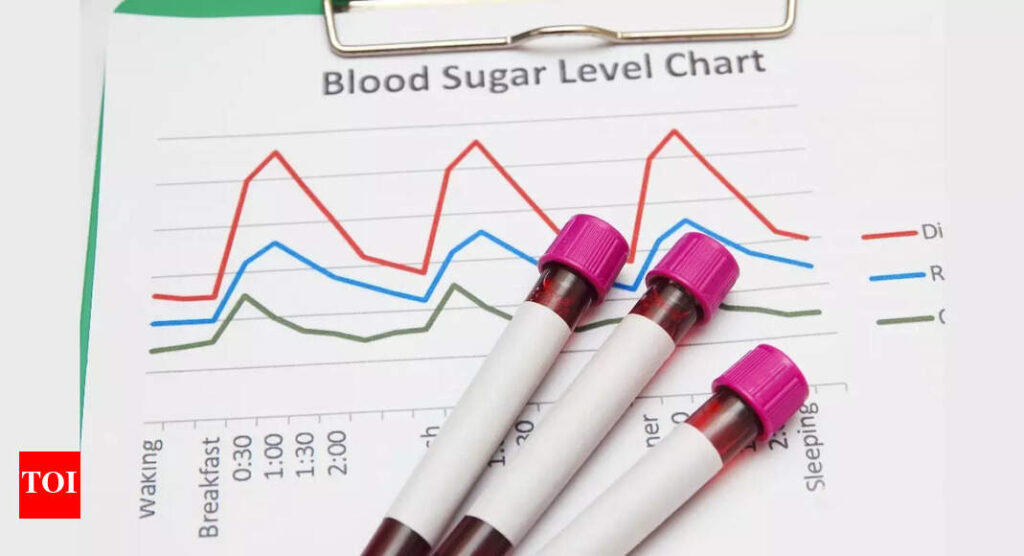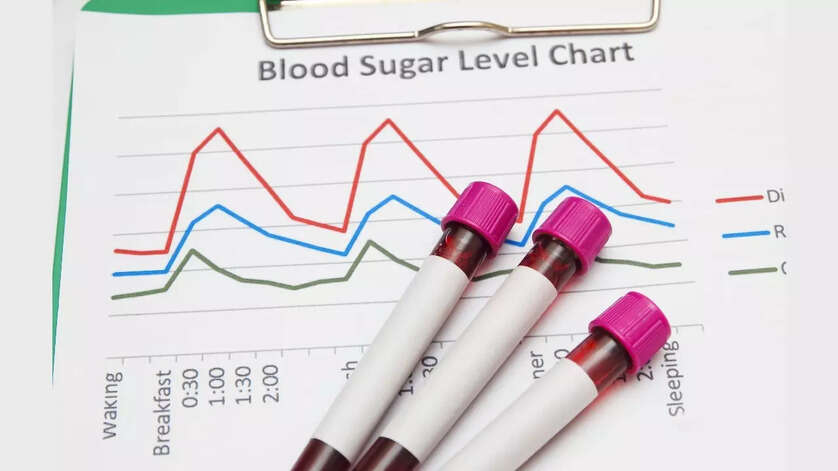Understanding blood sugar target ranges

Blood sugar levels serve as one amongst the indicators of a person’s health, especially for people who are at risk of diabetes and also for the ones with diabetes. To monitor our health, it is important to understand the blood sugar (glucose) levels, how they fluctuate and how food, activities, stress, etc, influence them. Let’s deep dive into what blood sugar target ranges are, why they matter, and how they differ depending on various factors.What is blood sugar?Blood sugar refers to the concentration of glucose present in the human bloodstream. Glucose is a simple sugar (monosaccharide) that is the body’s primary source of energy. It is when an individual consumes food which consists of carbohydrates, glucose enters the bloodstream. Blood sugar is measured in levels, through which doctors can tell whether it is high, low or normal. Insulin, a hormone produced by the pancreas, helps cells intake glucose from the blood. Blood sugar target rangesBlood sugar targets can vary based on age, health status, type of diabetes, pregnancy, and other individual considerations. The ranges are as follows-1. Nonpregnant Adults with Diabetes
2. Children and Adolescents
3. Pregnancy (Including Type 1, Type 2 & Gestational Diabetes)
Reference – The tables have been taken from the ADA guidelines4. Older AdultsGenerally healthy: Standard adult targets may be used (A1C <7%).These values are based directly on the 2025 ADA Standards of CareWhy are blood sugar target ranges important?Staying within target ranges reduces the risk of long-term complications such as nerve, kidney, and eye damage, as well as cardiovascular disease5. Avoiding both low (hypoglycemia) and high (hyperglycemia) blood sugar episodes may prevent acute health crises.What to do when the numbers are not in the normal range?It is important to record blood sugar readings each time they are checked. If the values fall outside the recommended range, it is advisable to consult a healthcare professional for further guidance.Important factors that influence target rangesAge: Older adults may have slightly higher target ranges to reduce the risk of hypoglycemia.Pregnancy: Pregnant women, especially those with gestational diabetes, have stricter targets such as below6:Fasting:≤ 95 mg/dL1-hour post-meal: ≤ 140 mg/dL2-hour post-meal: ≤ 120 mg/dLType of Diabetes: Diabetes management typically involves a combination of insulin therapy, oral medications, dietary modifications, regular physical activity, and ongoing blood glucose monitoring, tailored to individual needs and medical guidance.Lifestyle and activity level: Physical activity, stress, sleep, and diet may affect glucose levels.Medications: Some medications may raise or lower blood sugar levels.How to monitor blood sugar levels?Finger-prick test by glucometer: A glucometer (also called a blood glucose meter) is a small, portable electronic device used to measure the amount of glucose (sugar) in an individual’s blood. It is a key tool for people with diabetes to monitor their blood sugar levels regularly at home. Here’s a step-by-step guide on how to use a glucometer.
- Step 1: Wash and clean your hands
- Step 2: Prepare the lancing device
- Step 3: Insert the test strip into the glucometer
- Step 4: Prick your finger carefully by using the lancing device
- Step 5: Apply blood to the strip
- Step 6: After obtaining the blood sample via finger prick, gently apply a sterile cotton ball or gauze to the puncture site to stop the bleeding through slight pressure. Record the result of the test immediately to ensure accuracy and traceability of the data collected. (WHO)
- Step 7: Dispose of the materials like used strip, cotton, used lancet etc. safely
2. Continuous Glucose Monitors (CGMs): Provide real-time readings throughout the day. This is helpful for Type 1 diabetics or those with fluctuating levels.3. HbA1c test: This test measures average blood sugar over 2-3 months.Blood sugar target ranges should be considered when monitoring an individual’s overall health. Careful monitoring and judicious maintenance of blood sugar target ranges are essential for managing diabetes and supporting long-term health. Whether someone is living with diabetes, at risk, or just health-conscious, monitoring their glucose levels and striving to stay within the optimal range is a wise step toward a healthier life. Always consult a healthcare professional to set personalised targets and build an effective management plan.References –https://diabetesjournals.org/care/issue/48/Supplement_1https://www.ncbi.nlm.nih.gov/books/NBK545196/ https://professional.diabetes.org/standards-of-care Seshiah, V., et al. (2023). Diagnosis and management of gestational diabetes mellitus guidelines by DIPSI (Revised). International Journal of Diabetes in Developing Countries, 43(4), 485–501https://pubmed.ncbi.nlm.nih.gov/24663222/https://diabetesjournals.org/care/article/38/Supplement_1/S77/37263/12-Management-of-Diabetes-in-PregnancyDisclaimer: The views and opinions expressed in the story are independent professional judgments of the doctors/experts, and TIL does not take any responsibility for the accuracy of their views. This should not be considered a substitute for medical advice. Please consult your treating physician for more details. This article has been produced on behalf of Roche by Times Internet’s Spotlight team.







